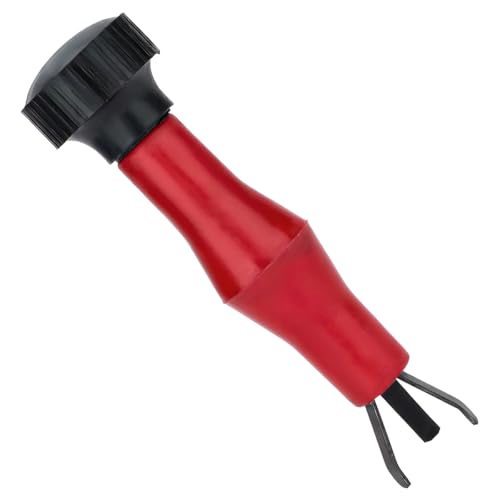Actually, both damping and dampening are correct ad cn mean the same thing, The shocks in a suspension system are dampeners, or alternatively dampers, FWIW.
But I want to get back to Howie's keen observation that Toecutter claims to improve his suspension performance by weighting the pegs. I need to ask: How much weighting, or standing, are you doing Toe? When I first read your claim I was also, like Howie, suspecing that you were saying that the lower center of gravity would result in less work for the suspension, which wouldn't be true (the suspension knows not where the weight is positioned vertically) but would be still advantageous for other reasons.
However your subsequent claim of using your legs as dampers (sic) has me wondering; how far off of the seat you are lifting that butt or you'rn.
The reason I ask is because, while I do weight my pegs (during cornering), I never "stand up" like a dirt biker. My butt always remains somewhat planted, or in contact with the seat, which has me wondering how much advantage there could be for the suspenders (or dampers, if you will).










































